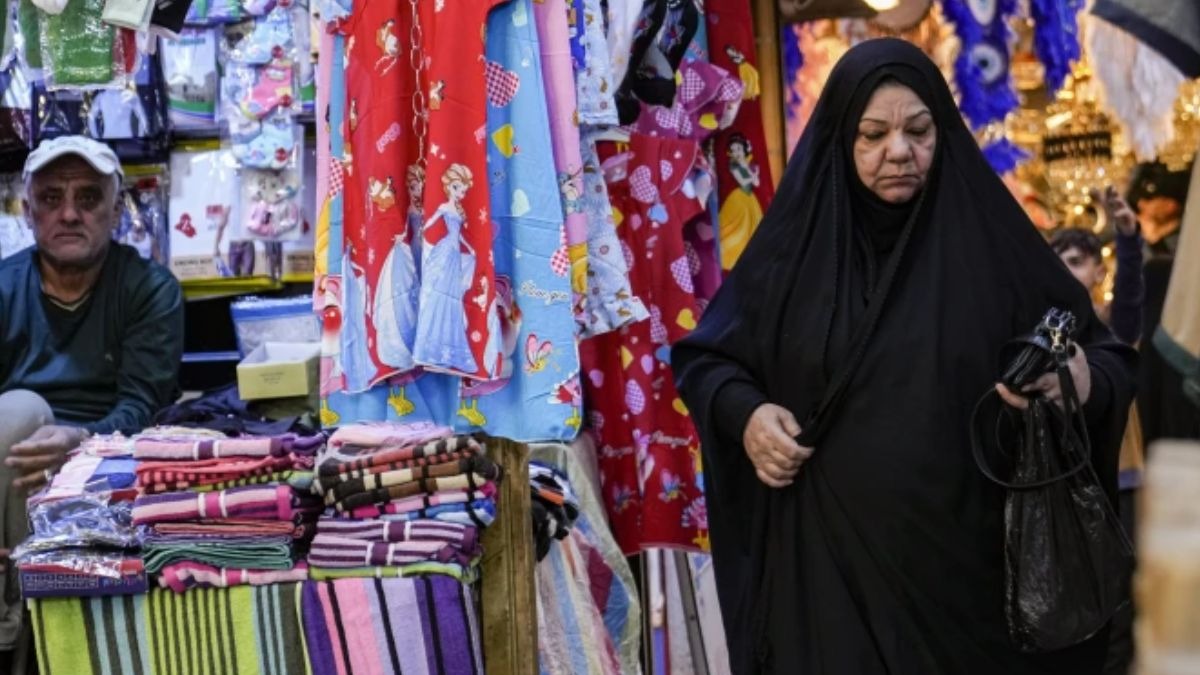 |
|
Eid-ul-Fitr, a significant religious holiday celebrated by Muslims worldwide, marks the end of Ramadan, the Islamic holy month of fasting. This joyous occasion is characterized by prayers, communal gatherings, the donning of new attire, and the important practice of Zakat al-Fitr, a form of charity intended to fortify community bonds and ensure that all members of society can partake in the festivities, regardless of their economic standing. The precise date of Eid-ul-Fitr is not predetermined by a fixed calendar date but is instead dependent on the sighting of the crescent moon, which heralds the commencement of the Islamic month of Shawwal. The article examines the anticipated dates for moon sighting and the subsequent celebration of Eid-ul-Fitr in several key regions, including India, the United Arab Emirates (UAE), Saudi Arabia, and the United States, highlighting the variations in practices and observances across different geographical locations. The dependence on lunar observation underscores the importance of celestial events in Islamic traditions and their role in shaping the religious calendar. The article serves as a guide for Muslims in these regions, providing information about when to expect the moon sighting and, consequently, the celebration of Eid-ul-Fitr. The anticipation surrounding the moon sighting adds an element of suspense and spiritual significance to the end of Ramadan, as Muslims eagerly await the confirmation of the commencement of Shawwal and the arrival of Eid. The tradition of Zakat al-Fitr, emphasized in the article, highlights the charitable aspect of Eid, reminding Muslims to prioritize the well-being of the less fortunate and to foster a sense of solidarity within their communities. This act of giving serves to purify the fasts observed during Ramadan and ensures that everyone can participate in the celebratory atmosphere of Eid. The article acknowledges the diversity of practices within the Muslim world, noting that the date of Eid may vary based on local moon sightings or announcements from religious authorities in Saudi Arabia. This recognition of regional differences reflects the decentralized nature of Islamic leadership and the importance of local customs in shaping religious observances. The mention of neighboring countries like Pakistan and Bangladesh in relation to India's moon sighting schedule emphasizes the interconnectedness of Muslim communities in South Asia and the shared cultural and religious traditions that bind them together. The article provides a concise overview of the key aspects of Eid-ul-Fitr and the anticipated dates for its celebration in several important regions, offering valuable information for Muslims preparing to observe this significant religious holiday. The emphasis on moon sighting, charitable giving, and communal gatherings underscores the importance of these elements in the celebration of Eid and their contribution to the spiritual and social fabric of Muslim communities worldwide. The article effectively captures the anticipation and excitement surrounding Eid-ul-Fitr, highlighting the importance of this occasion in the lives of Muslims and its role in fostering a sense of unity, generosity, and spiritual renewal.
Source: Eid-ul-Fitr: Moon Sighting dates in India, UAE, and US
